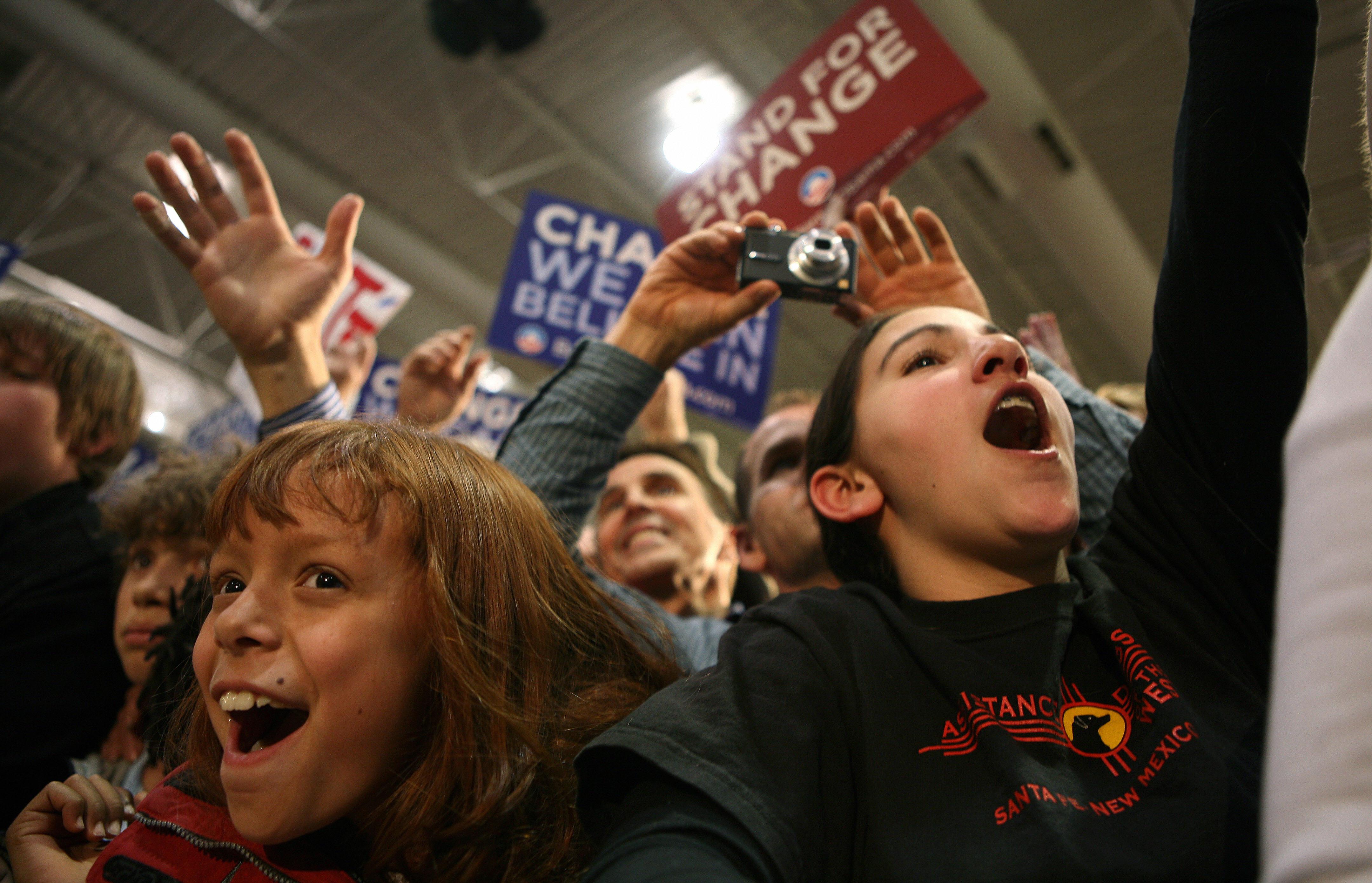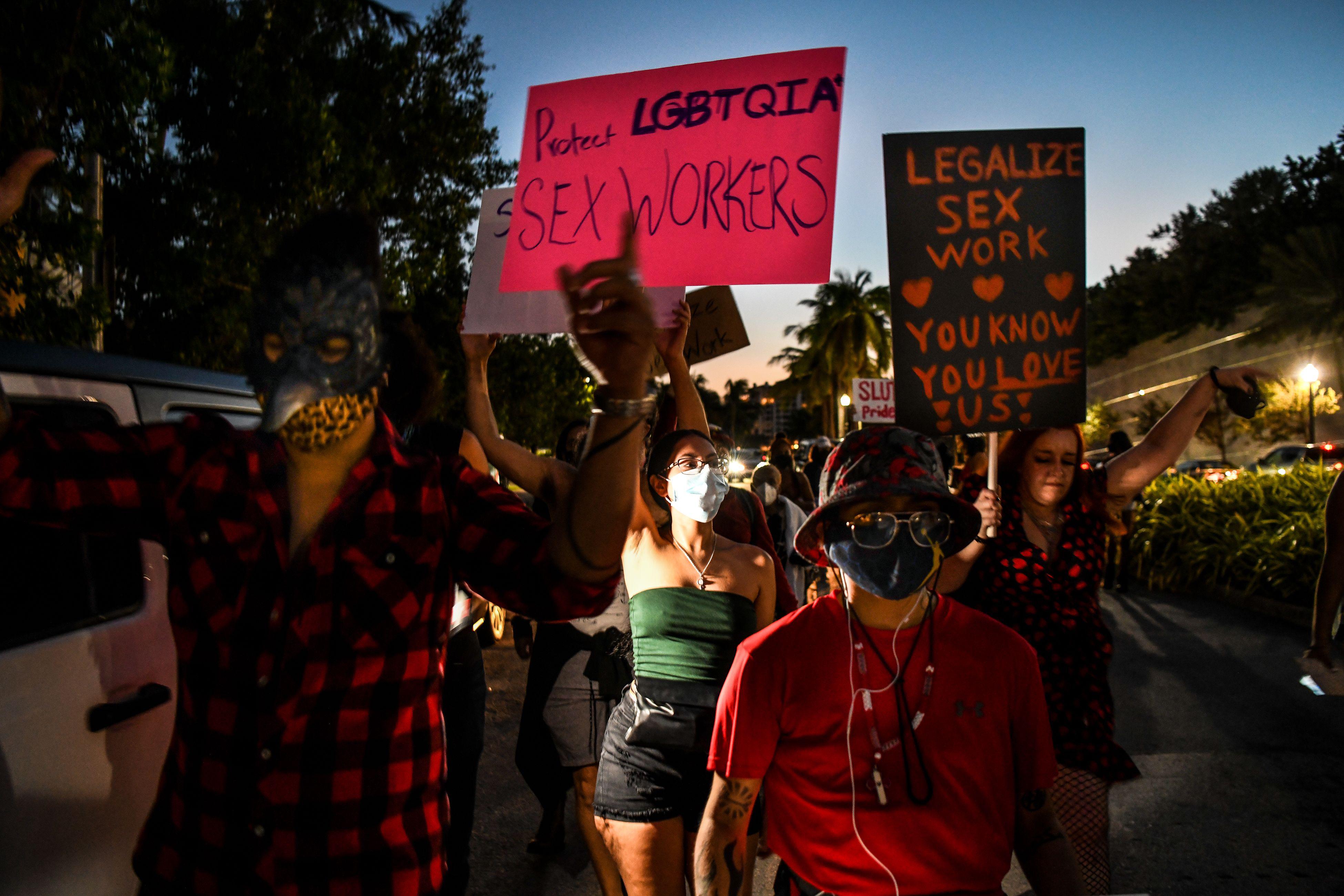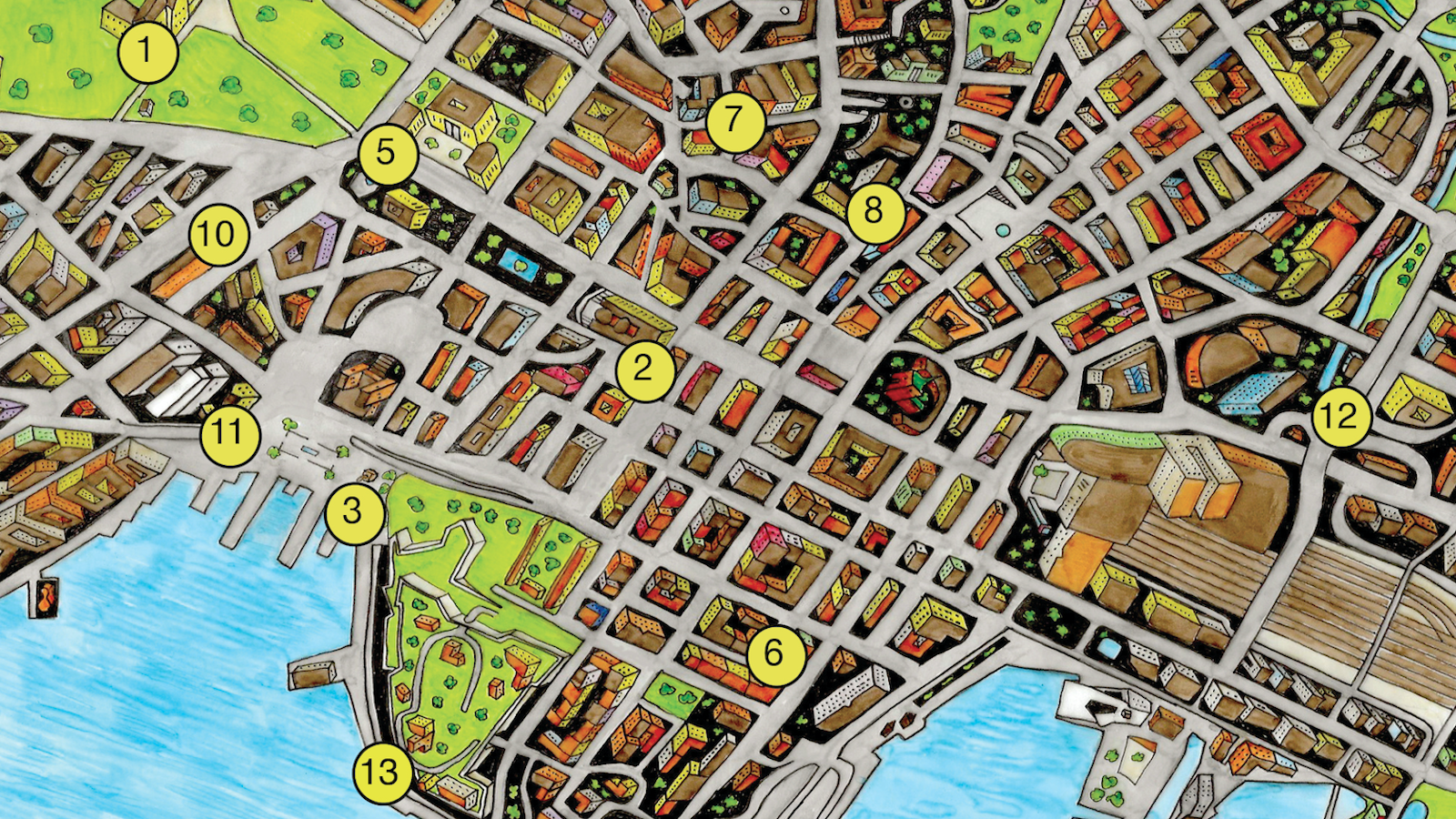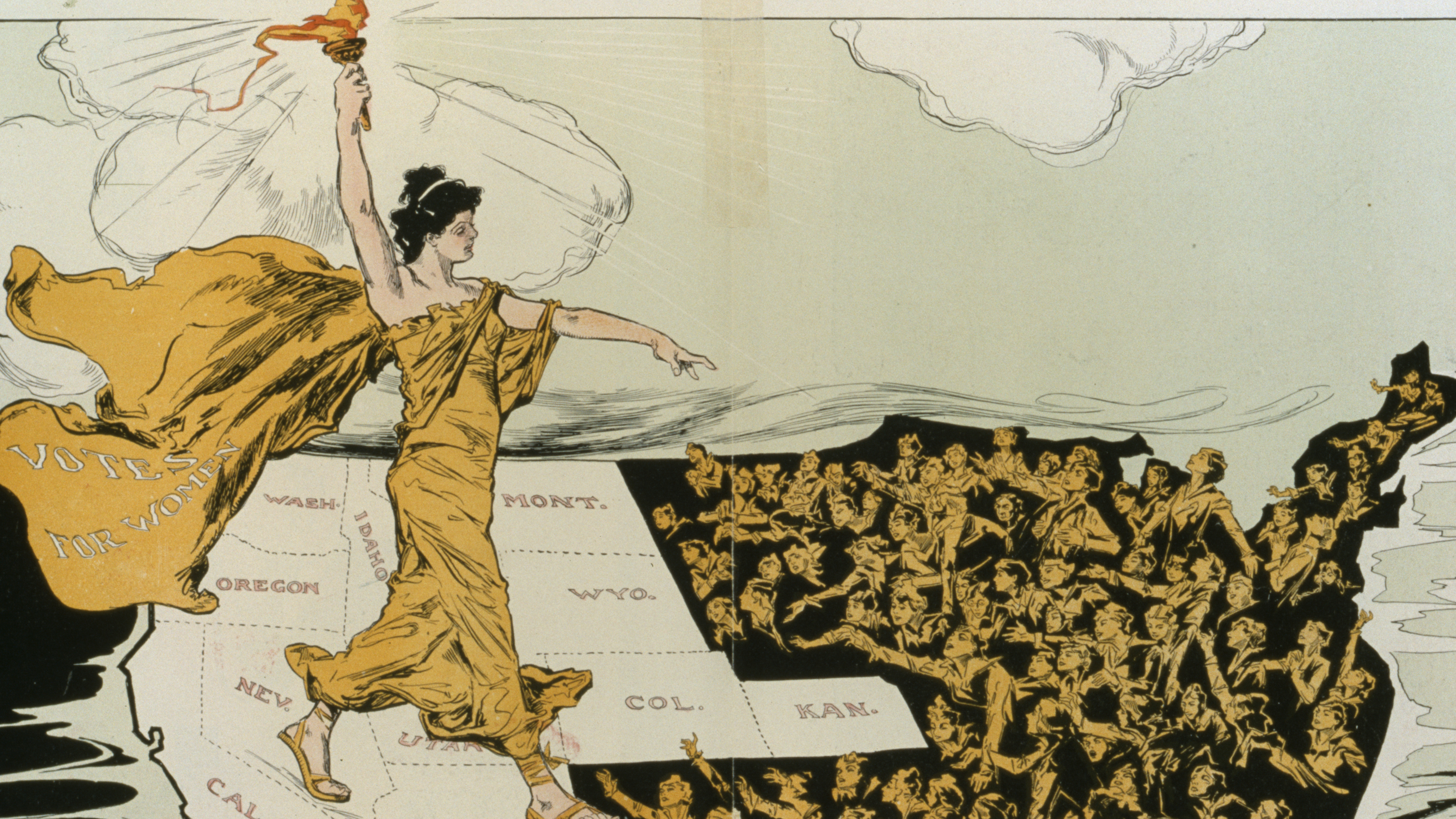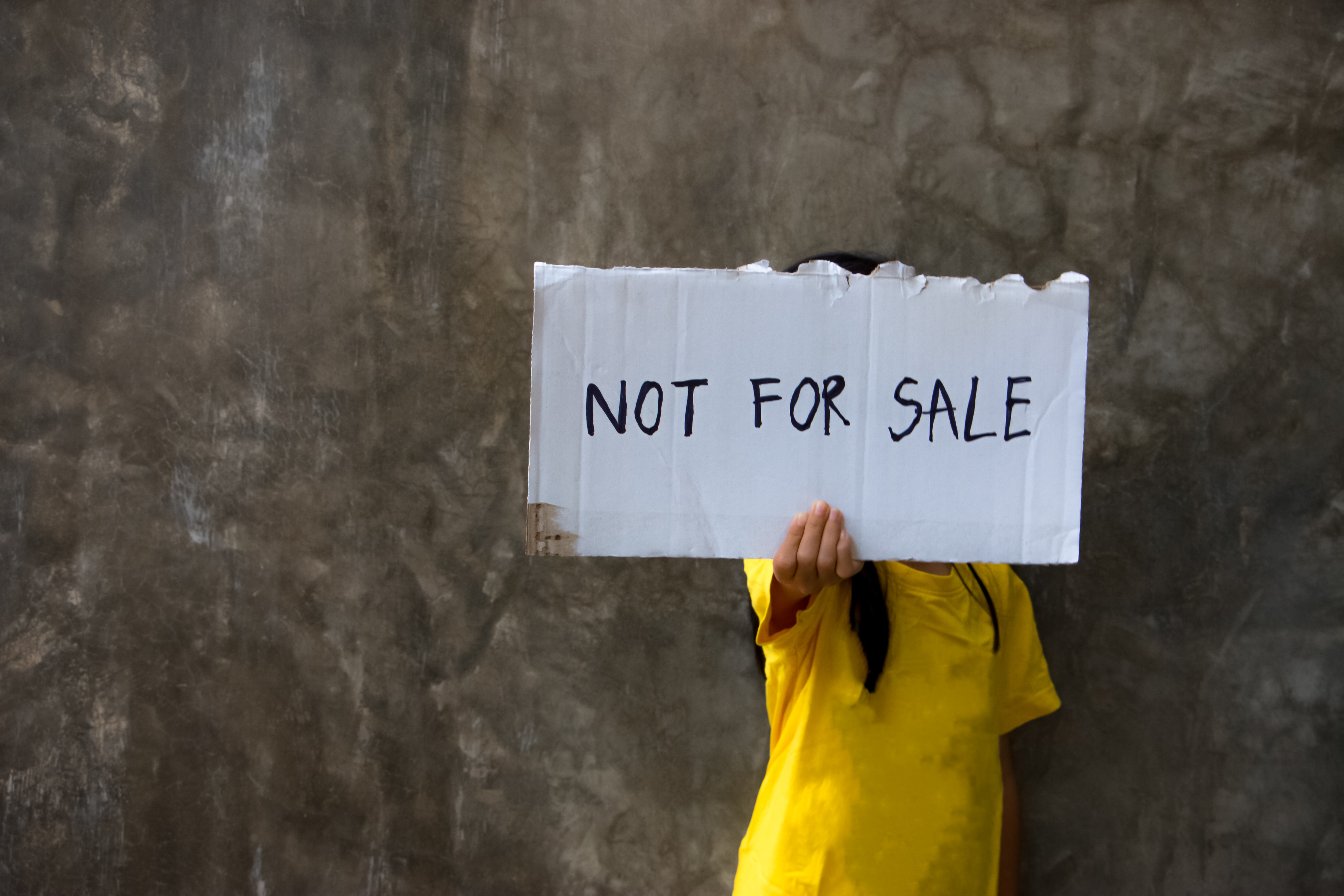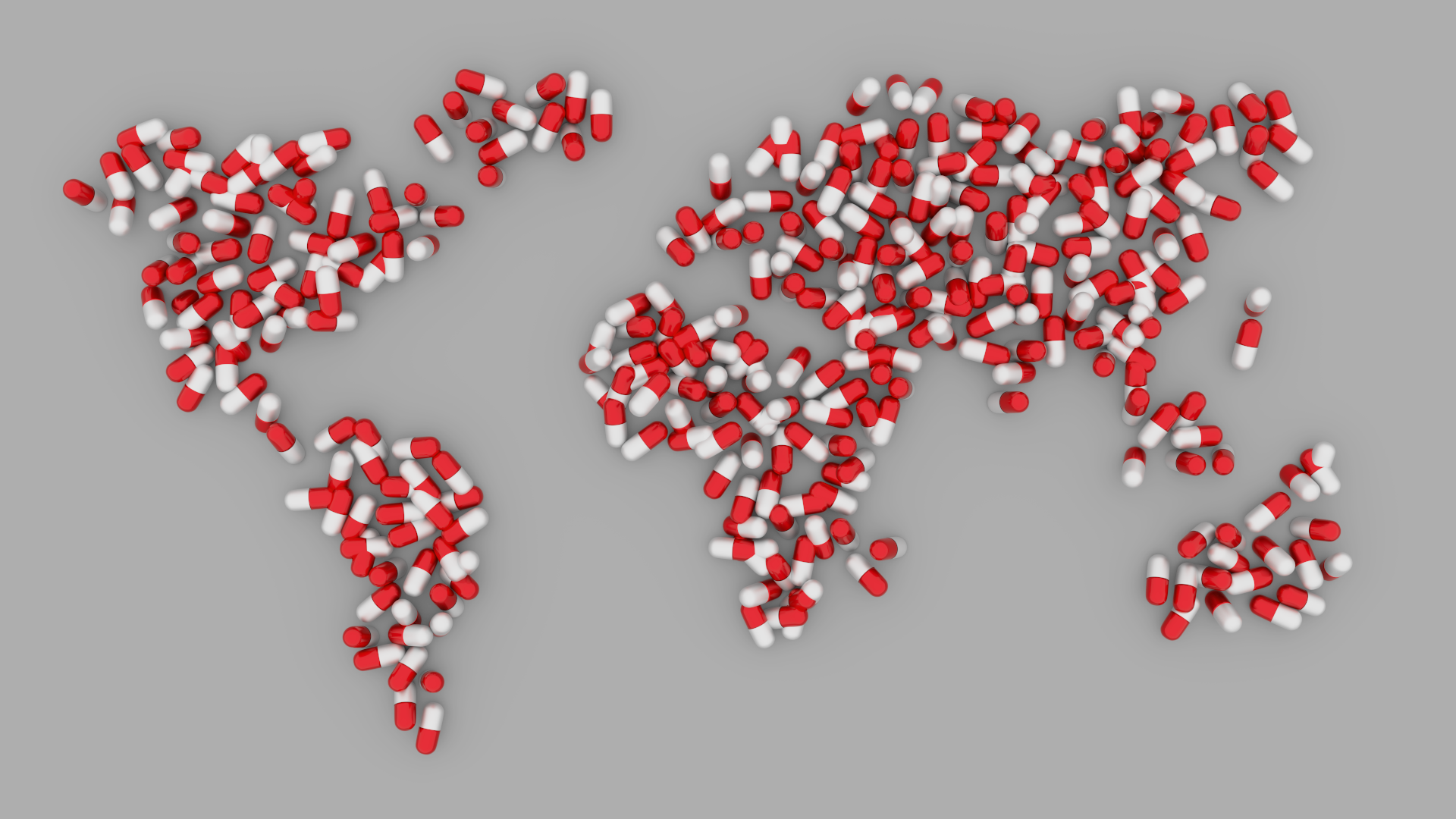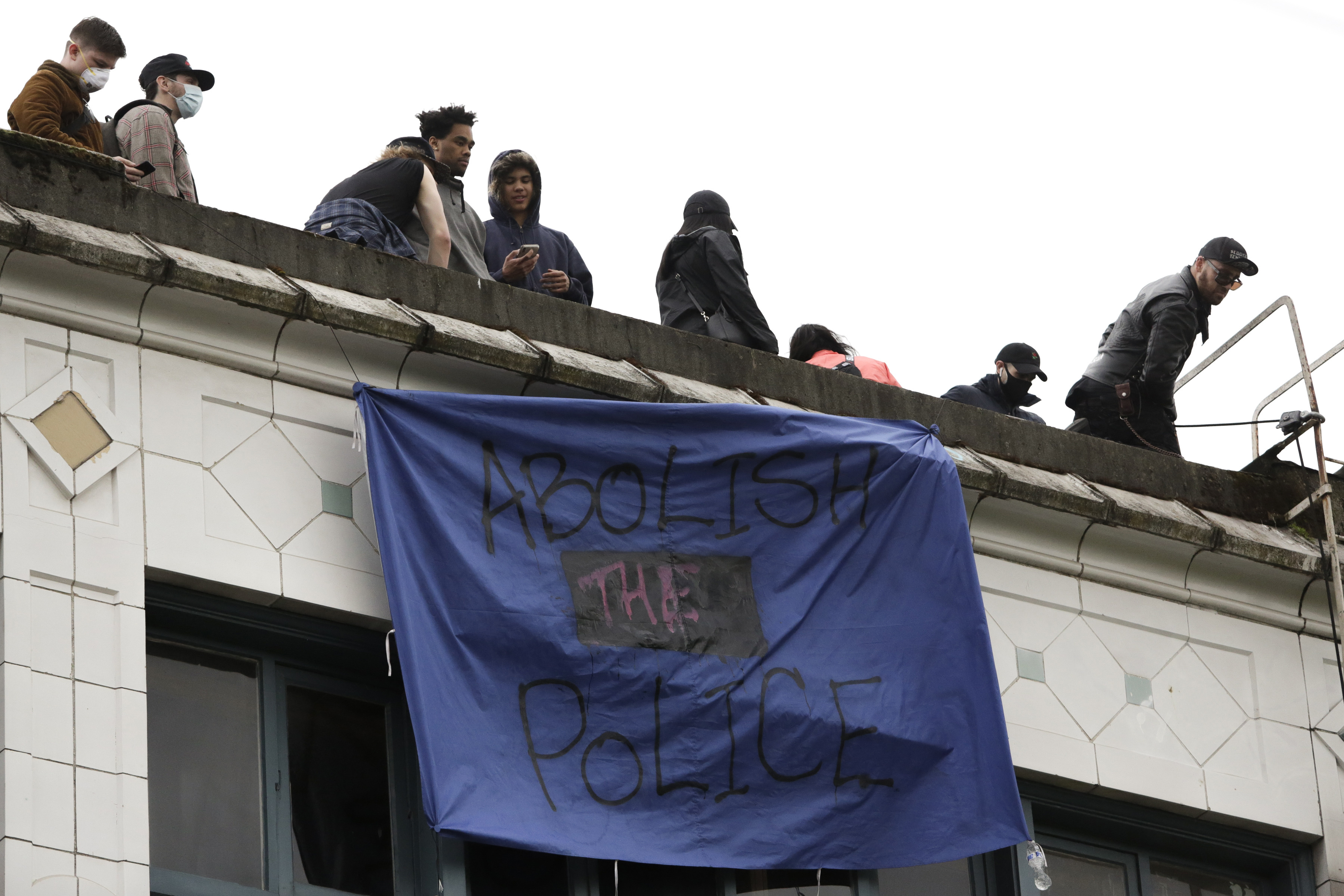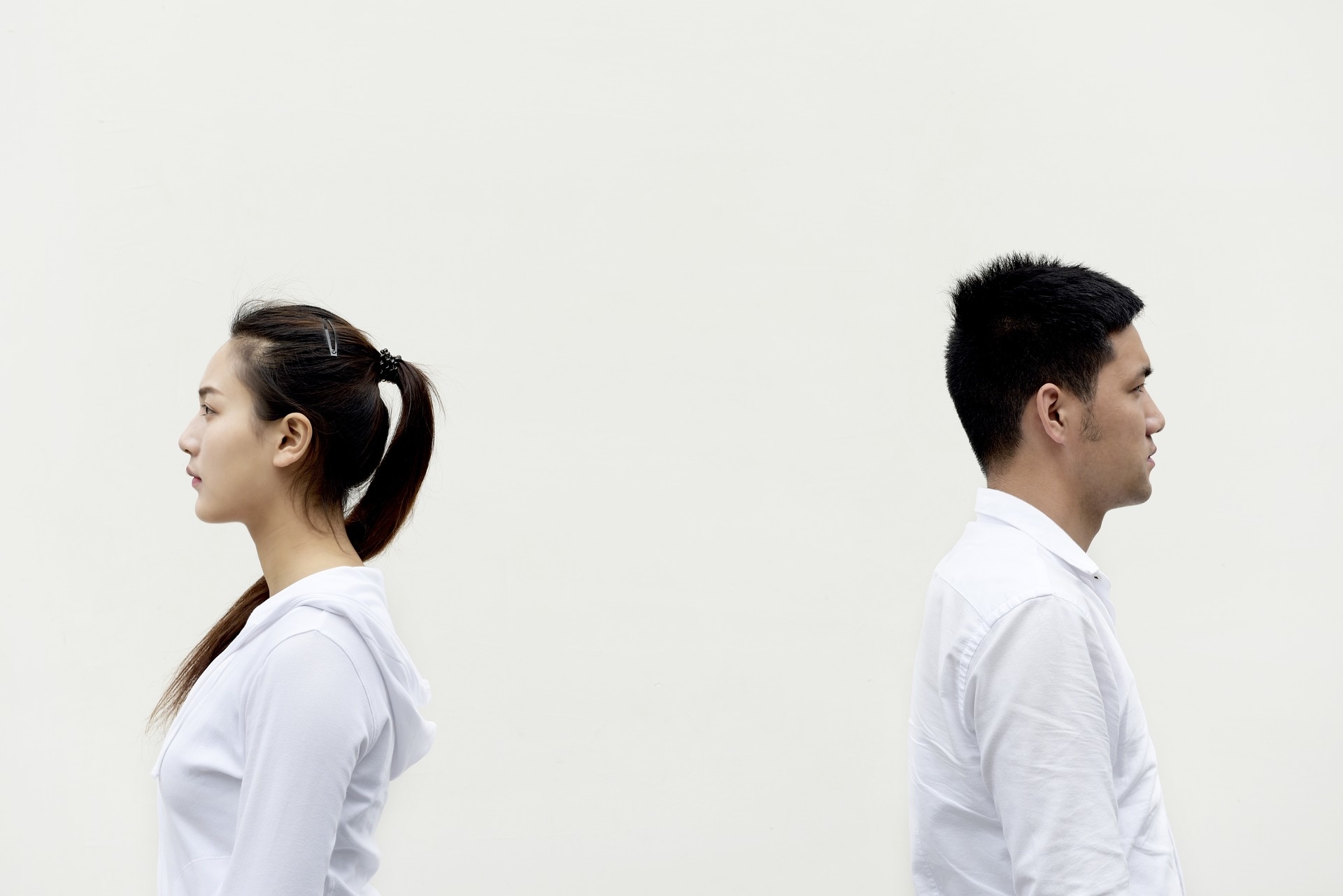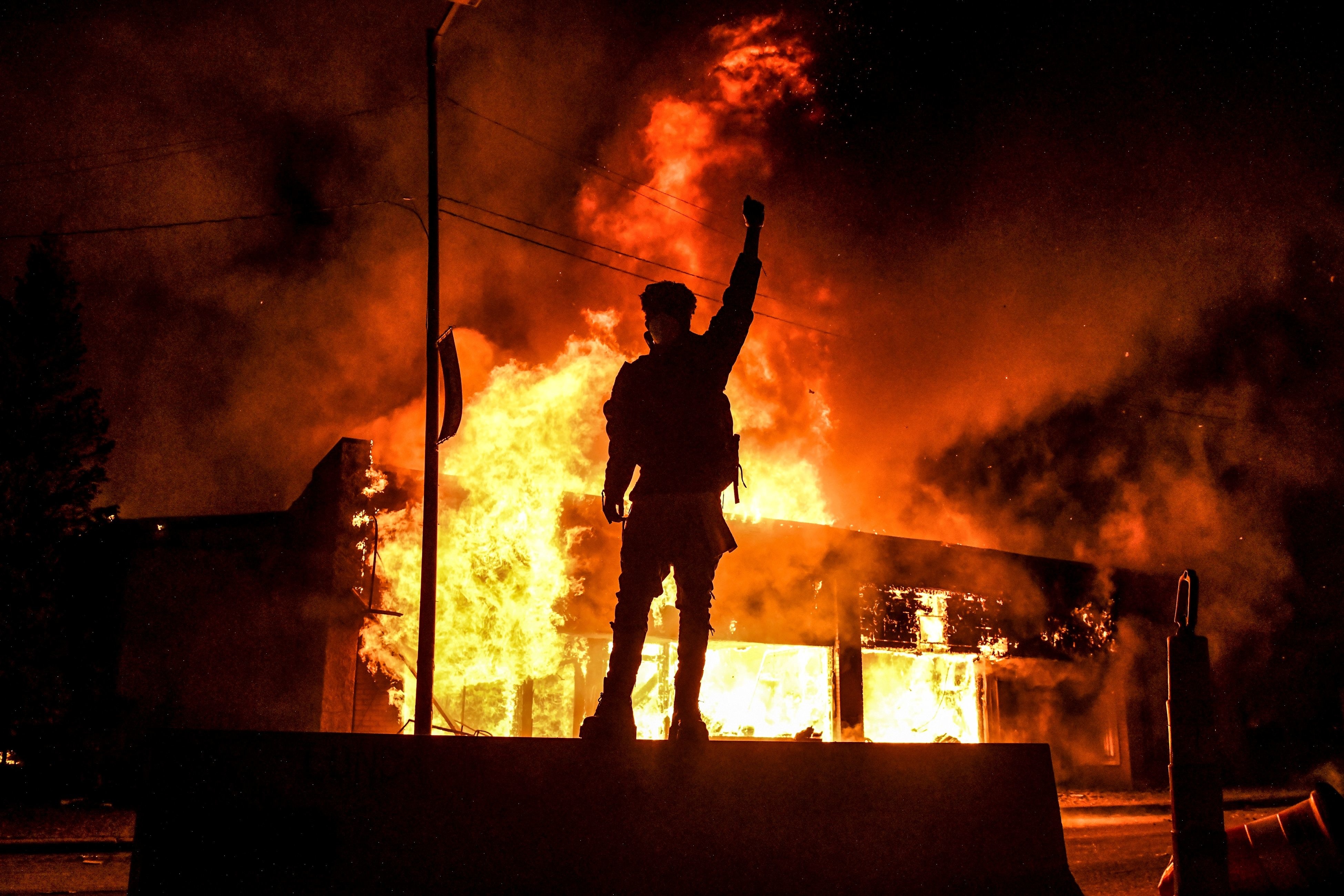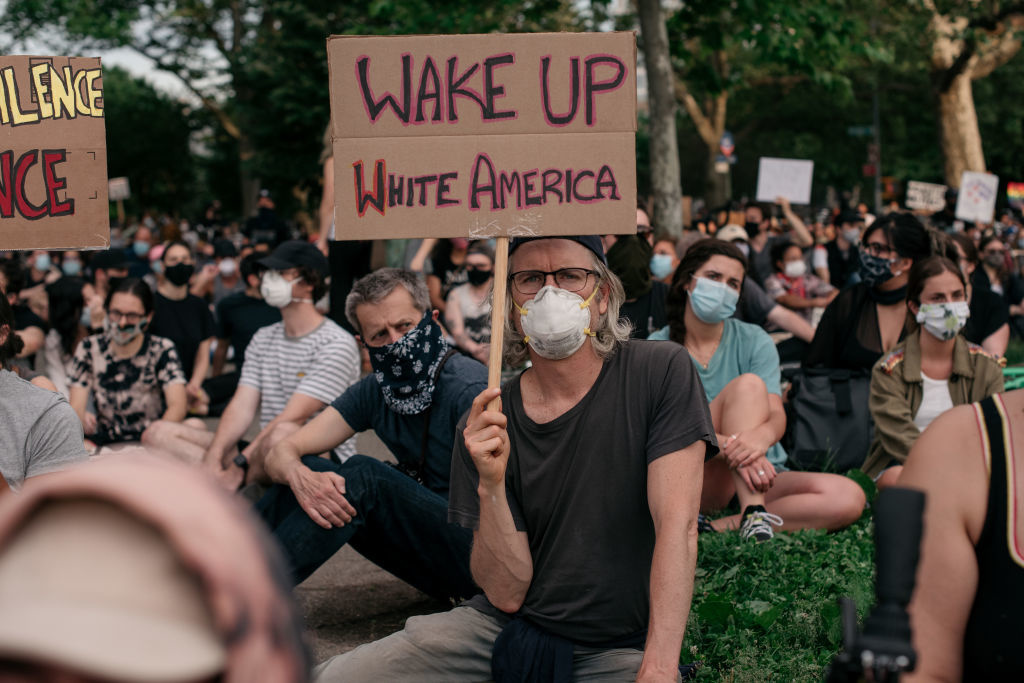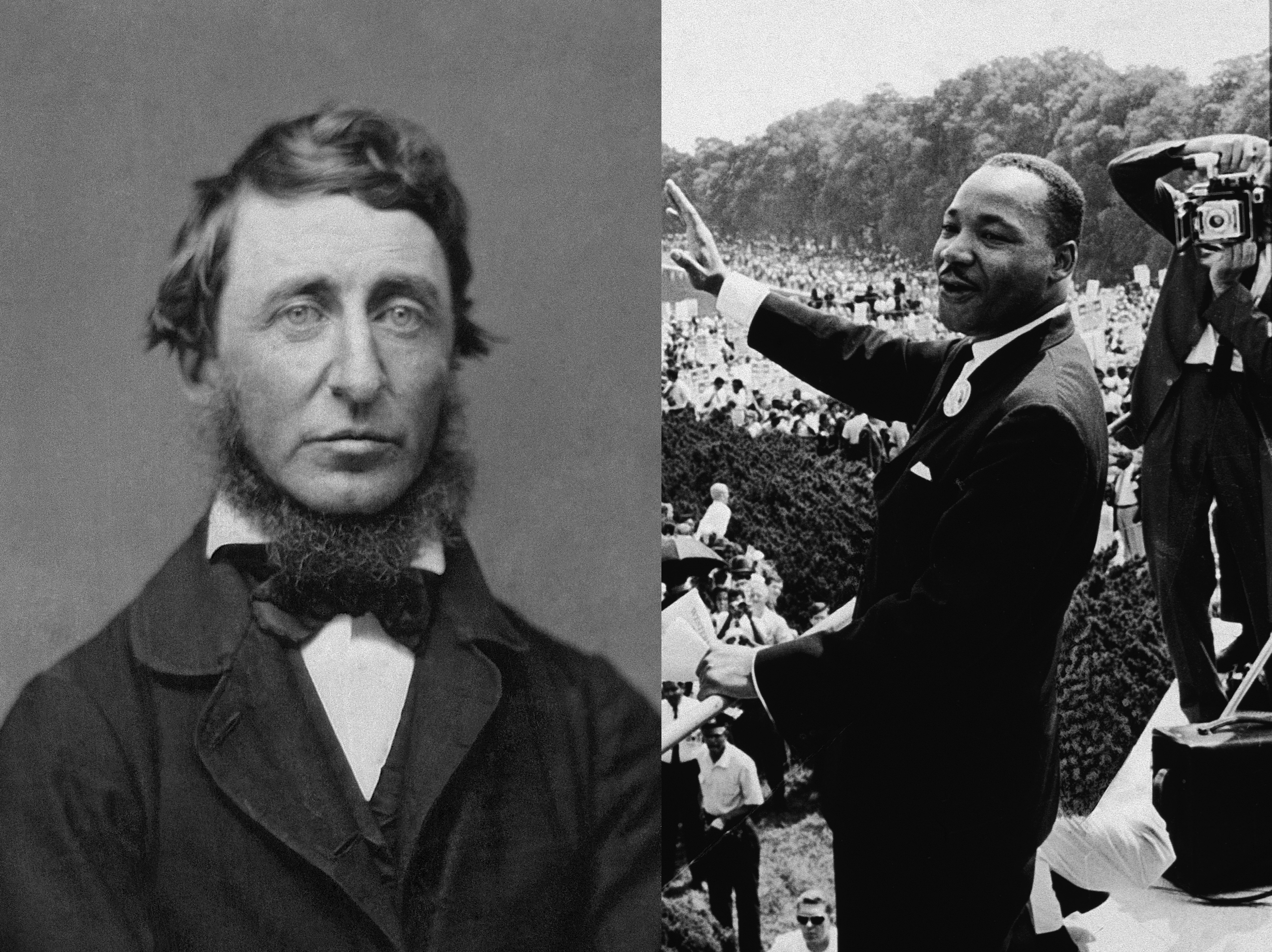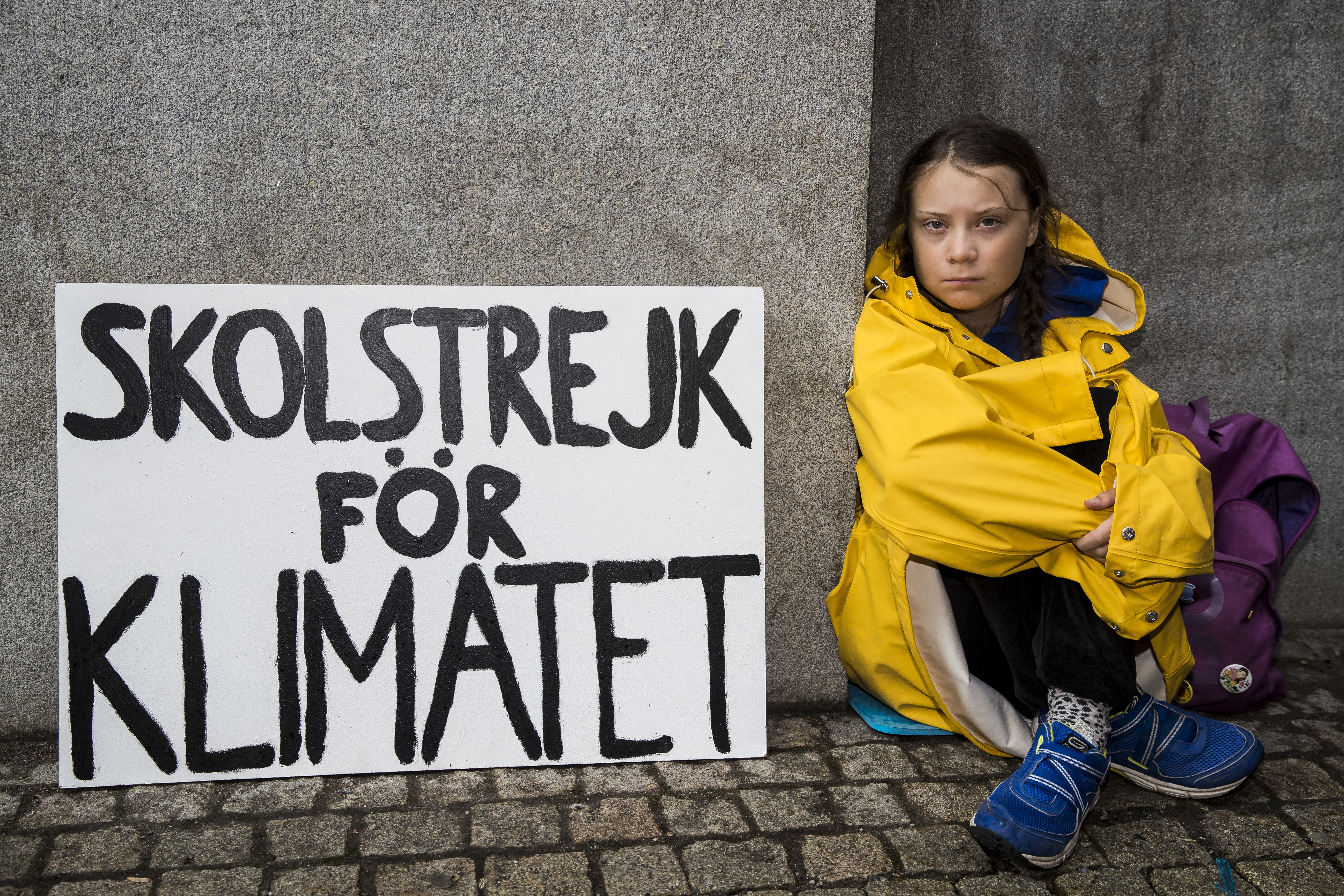activism
For some philosophers, hope is a second-rate way of relating to reality.
One bill hopes to repeal the crime of selling sex and expand social services; the other would legalize the entire sex trade.
‘Critical Tourist Map of Oslo’ offers uniquely dark perspective on Norway’s capital.
In this 1915 map, Lady Liberty shines her light in the West on women in the East, still in electoral darkness
A persistent barrage of information is not the best method for getting through to someone with a different point of view.
▸
5 min
—
with
New documents confirm that the government agency—one of many—has been using a tracking company.
Sharing QAnon disinformation is harming the children devotees purport to help.
An article in Journal of Bioethical Inquiry raises questions about the goal of these advocacy groups.
It turns out big ideas don’t always fit in sign-sized slogans.
A massive Dating.com study reveals just how important politics are in the dating world right now.
Expert opinion is divided on how effective riots can be on causing social change. However, these five examples show they can do something.
Remaining silent is being complicit.
People often incorporate lessons from fictional stories into their beliefs, attitudes and value judgments, sometimes without even being aware that they are doing so.
You can’t really have an opinion if you don’t know all sides of the argument.
▸
5 min
—
with
Taking time for thoughtful consideration has fallen out of fashion, writes Emily Chamlee-Wright. How can we restore good faith and good judgement to our increasingly polarized conversations?
More rules is not what’s going to stop sexual harassment at work, says Johnny C. Taylor, Jr. Change the culture.
▸
5 min
—
with
Philosopher Peter Singer broaches an uncomfortable truth about the Make-A-Wish Foundation and GoFundMe pages.
▸
2 min
—
with
Don’t feel like going out to vote? These ten thinkers have something to tell you.
Deciding how we ought to live is one of the greatest challenges of being alive. Ask yourself these important questions to gain clarity, with philosopher Peter Singer.
▸
7 min
—
with
There are many different ways of helping people in extreme poverty. Philosopher Peter Singer explains how you can do it.
▸
5 min
—
with
Here’s how to have a healthier relationship with politics.
▸
3 min
—
with
Protest music is a natural feature of humanity.
Social media giants aren’t legally obligated to protect free speech. But they should. Former ACLU president Nadine Strossen explains why.
▸
7 min
—
with
The 17-year-old climate activist gets a lot of criticism online. Which of those critiques hold water?
The protesters on the street aren’t just taking up space, they carry on a well thought out tradition.
The key to changing hearts and minds for a better world? Lead with love, says Senator Cory Booker.
▸
5 min
—
with
Change is coming, but not from the generation that currently holds positions of power.
▸
3 min
—
with
More than ever before, we’re aware of the tragedy and suffering that goes on in the world. But does that mean we can do more about it?
▸
4 min
—
with
Going from a solitary teenage protester in front of the Swedish parliament to a global icon in little more than a year certainly merits a distinction.
Paying a fee for greenhouse gas emissions may spur a revolution, in terms of corporate behavior, amid the climate crisis.
▸
5 min
—
with
